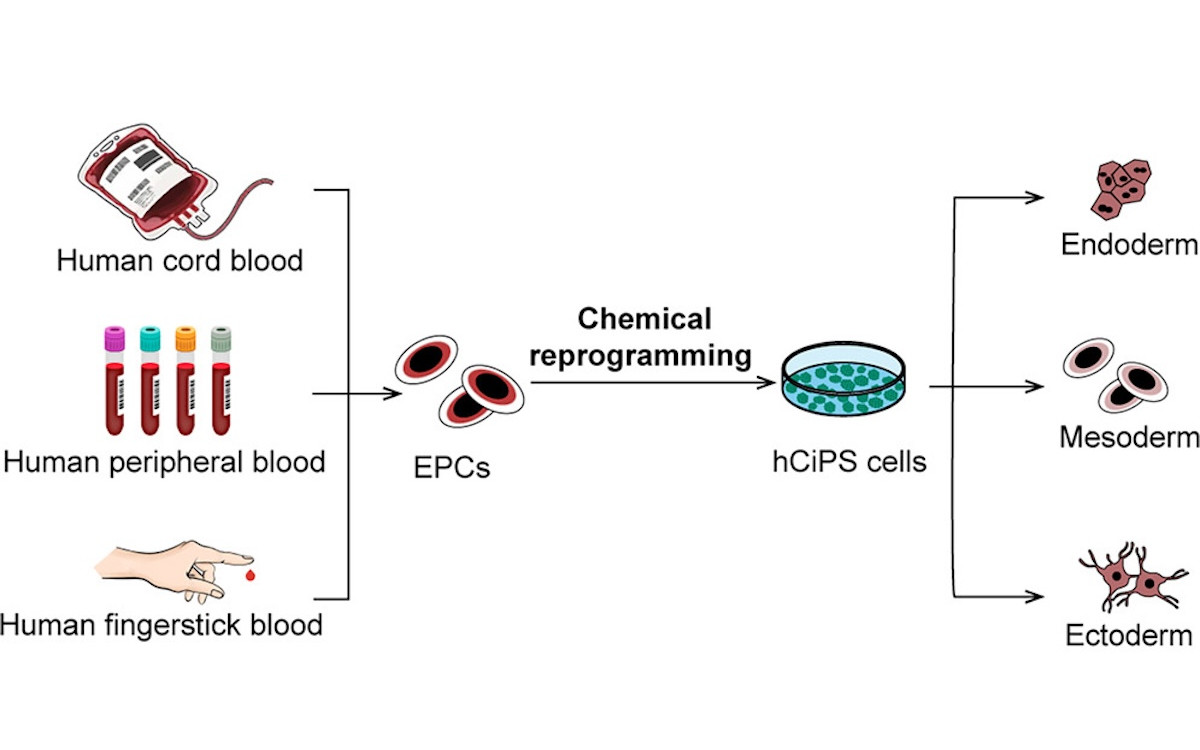Nature’s latest study introduces OpenCRISPR-1—a gene editor designed by AI, not evolution. Here’s what you need to know about this game-changing development.
Why This Matters
CRISPR-Cas systems have transformed biology, but their natural origins limit performance in non-native environments like human cells. Challenges include off-target edits, PAM constraints, and immunogenicity.
The question: Can AI design better genome editors than nature?
The Big Leap: AI Designs a CRISPR Protein
Researchers from Profluent Bio used ProGen2, a large language model for proteins, fine-tuned on the CRISPR–Cas Atlas—a dataset of 1.24 million CRISPR operons mined from 26 TB of genomic data.
- 4 million new sequences generated
- 4.8× increase in diversity over known CRISPR proteins
- Cas9-specific diversity expanded 10.3×
This is not tweaking existing proteins—it’s de novo design.

OpenCRISPR-1: The New Standard
From 209 tested candidates, one stood out: PF-CAS-182, named OpenCRISPR-1.
Performance Highlights:
- On-target activity: 56.4% vs SpCas9’s 47.1%
- Off-target cuts: Down by 95% (0.32% vs 6.1%)
- No new off-target sites, confirmed by SITE-Seq
- Works in human cells (HEK293T)
Beyond Cutting: A Versatile Platform
- Base Editing: OpenCRISPR-1 nickase + ABE8.20 → 35–60% A→G conversion
- Synthetic Deaminases: AI-designed PF-DEAM-1 & PF-DEAM-2 matched industry standard ABE8.20
- AI-optimized sgRNAs improved editing efficiency for several variants
Lower Immune Risk
Unlike SpCas9, OpenCRISPR-1 lacks common T-cell epitopes and binds fewer human antibodies (tested on serum from 40 donors). This could reduce immune complications in therapy.
Deep Sequence Innovation
- 403 amino acid differences from SpCas9
- Key catalytic residues intact
- Novel loops in REC1 & HNH domains may enhance function
A New Paradigm
Compared with traditional approaches:
- Natural mining & directed evolution: slow, limited
- Structure-based design: often fails for complex systems
- AI language models: generate thousands of functional candidates rapidly
Why It’s a Revolution
This study proves that AI can learn the evolutionary “grammar” of proteins and write its own rules—ushering in an era of custom-designed enzymes for medicine, agriculture, and beyond.
The future of gene editing isn’t just found in nature—it’s created with AI.
Reference:
Ruffolo JA, Nayfach S, Gallagher J, et al. Design of highly functional genome editors by modelling CRISPR–Cas sequences. Nature. 2025. doi:10.1038/s41586-025-09298-z.




